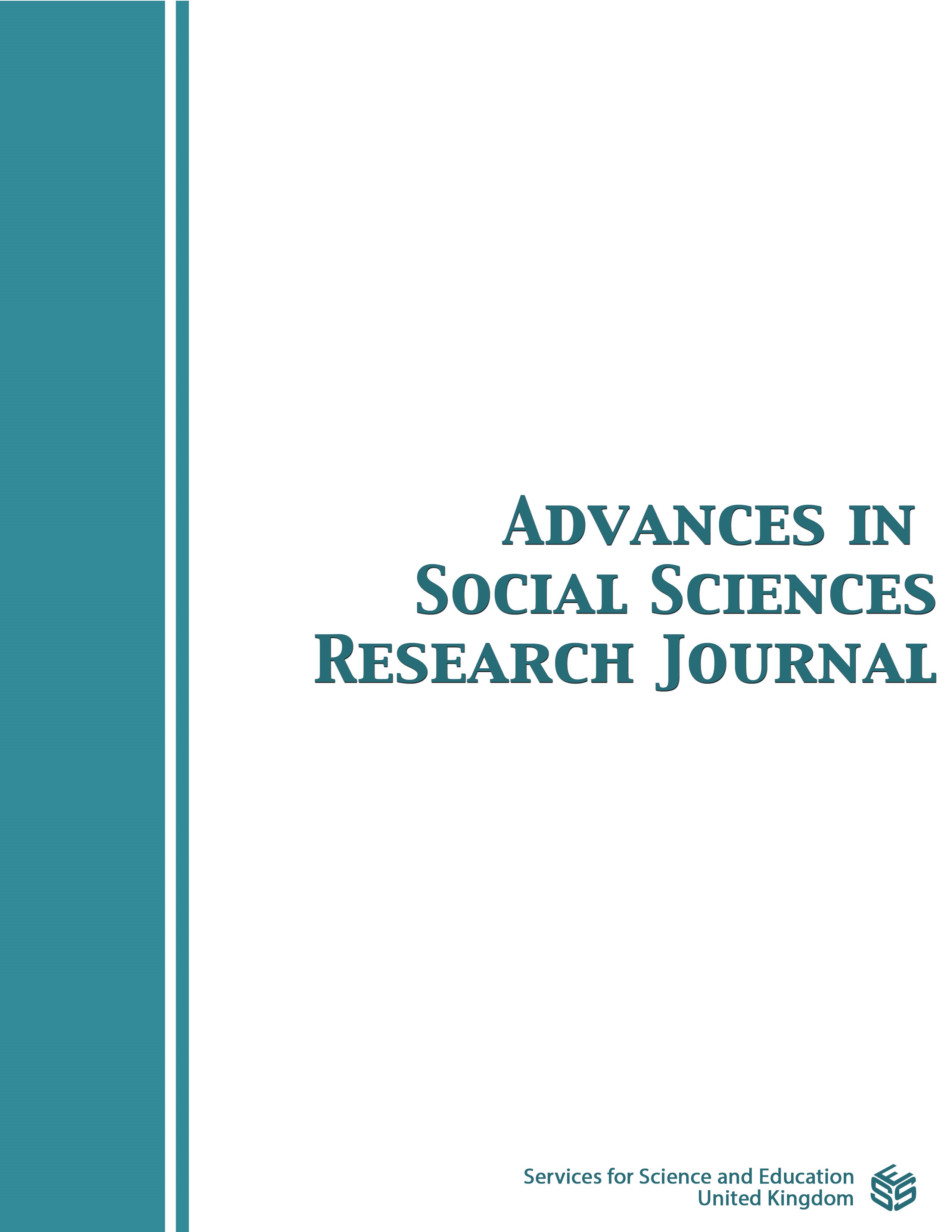Immunohematological Parameters of Male and Female Blood Donors at Kenyatta National Hospital
DOI:
https://doi.org/10.14738/assrj.92.11877Keywords:
About four key words or phrases in alphabetical order, separated by commas.Abstract
Background: Immunohaematological reference intervals are critical in making accurate decisions in research, diagnosis and monitoring therapeutic outcomes. Consequently any gender – based disparities in the intervals need to be determined and so reflected when utilizing the ranges. This cross-section study to determine male and female immunohaematological reference intervals was conducted on suitable blood donors attended to at Kenyatta National Hospital blood donor Unit between 2018 and 2019.
Objectives: To determine gender-based means, medians, 2.5 th and 97.5 th interquartile ranges of: CD4+ lymphocytes, red cell values, white cells absolute and differential counts and thrombocyte counts in suitable blood donors.
Methods: A total of 108 (53.5%) female and 94 (46.5%) male volunteer blood donors aged between 18 and 60 years were recruited consecutively as they consented. Bootstrap methods were used to calculate means, medians and confidence intervals. The enrollees’ social demographic characteristics including: level of education, occupation, alcohol - drinking and smoking habits were captured using a questionnaire form. Immediately after blood donation five milliliters of blood samples for CD4+ analysis and haemogram were drawn from the pilot tube of the blood bag by injecting the cap of ethylene diamine tetra acetate (EDTA)-containing vacutaners with the donation needle. Analyses were done within 8 hours of sample collection using standard laboratory methods. The fit of the observed data distribution was determined using Shapiro – Wilk test with P > 0.05 indicating Gaussian distribution. Statistical analyses were done using SPSS version 21. Means, medians and 2.5 th and 97.5 th interquartiles were determined. Gender – based differences were compared using Mann Whitney U test with P < 0.05 being considered significant.
Results: The male enrollees had a mean age of 31.91 years, while females’ mean age was 31.85 years. The majority of enrollees had tertially education with most males being in business and in formal employment; while most females were in business. Males demonstrated significantly higher mean values than females in: red blood cells (RBCs), haemoglobin (HB) and eosinophils (E). Significantly lower mean values in males than in females were demonstrated in: white blood cells (WBC), neutrophils (N), Lymphocytes (L), monocytes (M), CD4+ cells and Platelets (P).
Conclusion: There exists significant gender-based differences in immunohaematological reference ranges that may lead to biased conclusions in laboratory diagnosis and research.
Downloads
Published
How to Cite
Issue
Section
License
Copyright (c) 2022 J. M. Ireri

This work is licensed under a Creative Commons Attribution 4.0 International License.
Authors wishing to include figures, tables, or text passages that have already been published elsewhere are required to obtain permission from the copyright owner(s) for both the print and online format and to include evidence that such permission has been granted when submitting their papers. Any material received without such evidence will be assumed to originate from the authors.






